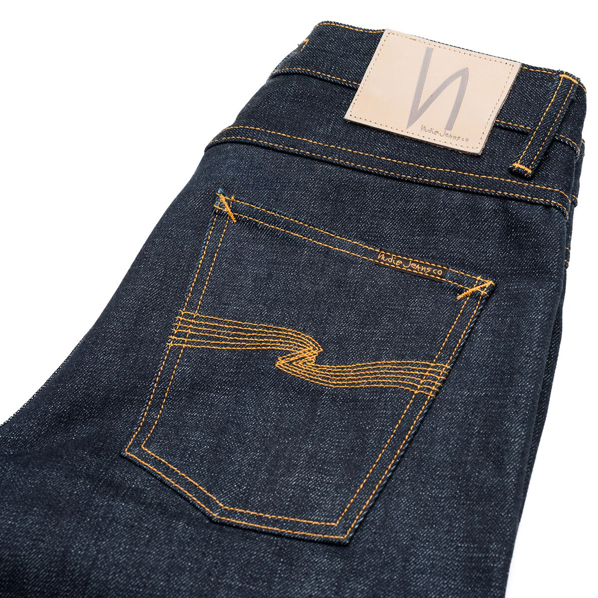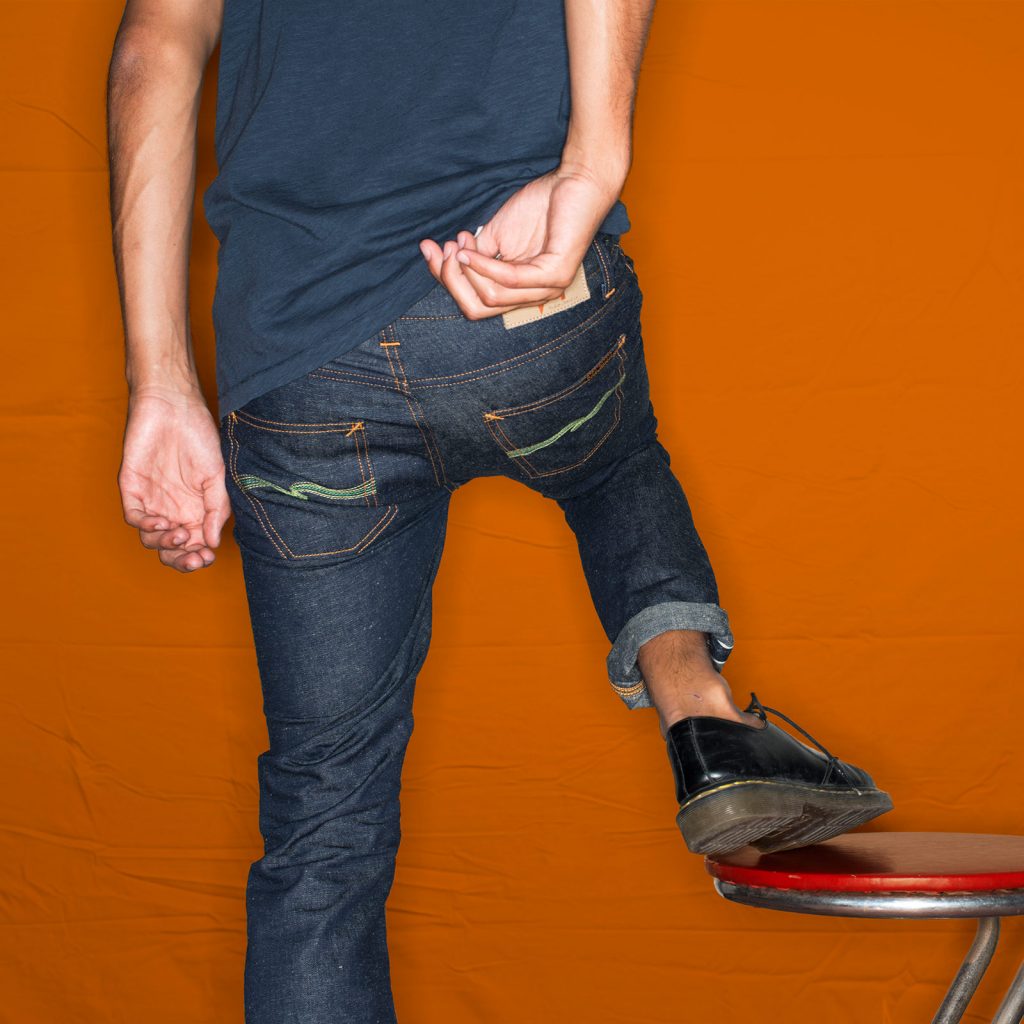Indigofera
Co-founder Mats Andersson on the Swedish label’s fresh approach to pure denim
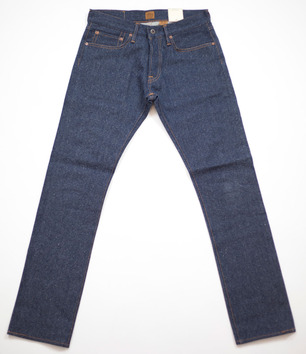
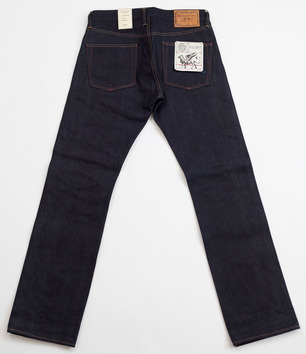
Mats Andersson, the co-founder of Indigofera says the Swedish denim label, which is embedded in the very roots of the country’s jeans history, approaches denim in a different way. He explains that “the basic idea was not to do what everyone else is doing. From how you approach each piece, the fabric, how it’s seen in the marketplace and—in doing so—stand out from the ‘pants in denim’ thing.”
Indigofera focuses on quality, rather than fads. “Good production values, amazing fabrics, not too fashion-led just pure jeans. Indigofera’s not a brand that you have to doubt if you’re cool enough to wear it.” Indigofera is not a fashion brand making jeans from lightweight 11oz denim that falls apart after a few wears. To Andersson, and the rest of the team at Indigofera, that’s not a real pair of jeans. It’s a strong opinion, yet certainly not rare—it’s shared by many of the raw denim and heritage workwear community.
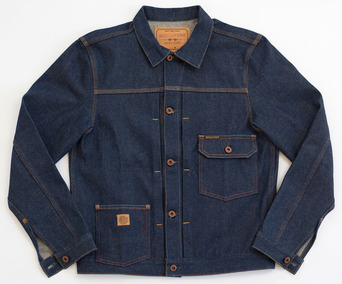

The name of the brand itself is indicative of the kind of products contained within its line; drawing from the dye that lies at the core of what jeans and denim are. A tribute to the traditions of denim itself is how one might best describe the work of Andersson: “We get an idea of creating a certain kind of fabric, and that leads us down, deeper into the process of constructing that pair of jeans,” he says. Indeed, where a label based in the States or Japan may find themselves bound by one country-specific weaving house—like Cone Mills perhaps or the Kuroki Mill—Indigofera works with fabrics from many different mills. “Most brands have the same fabric. We wanted to explore creating a signature type of fabric, asking ourselves whether we can make a fabric and style of fabrics that people recognize,” says Andersson.
The idea for Indigofera was conceived in 2007 as Andersson and his cohort and friend, Johan Söderlund, grew tired of their respective day jobs. The first collection was realized in 2009. Yet, despite Indigofera being relatively young, Andersson brings a wealth of denim experience that can traced back to the early ’90s when he and a number of other enthusiasts began trading jeans. “There was this small group, people like Jonny Johansson and Örjan Andersson just trading selvedge lines,” he reminisces.
Andersson thinks that the Swedish affinity for denim grew from this small group whose fervent appetite for vintage selvedge lines from Wrangler, Levis, Diesel and Lee was rampant during this period. Today, we know that Johansson stands responsible for Acne, while Örlan Andersson founded Cheap Monday—both important marks in the evolution of contemporary denim. Indigofera’s own Andersson went to work for Levis Red and LVC (the vintage arm of the company) as commercial director. “That was a great time, there was a great attention to detail and tradition within the brand’s history, amazing pieces to rediscover,” he notes, “Yeah, everyone in that ‘gang’ pretty much works in the industry today.”
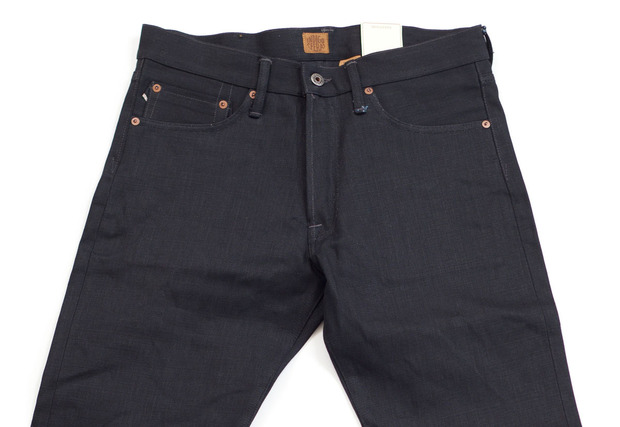
As it stands today, Indigofera boasts a number of refined cuts in different raw denims, including the standout, Gunpowder black—named after the distinctive smell the fabric has when freshly dyed—that is loaded with black dye that fades quickly to white like a cracked piece of painted paper. There are some great T-shirts, dyed with pure indigo, flannel and denim shirts and its own take on jacket. Andersson points out that some pieces take longer to be adopted by consumers, but soon become classics when the they realize the level of detail and quality. The company’s more formal jacket is particularly attractive, with a gently sweeping overlapping cuff.
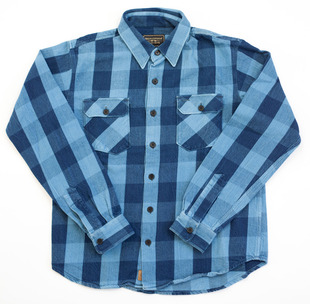
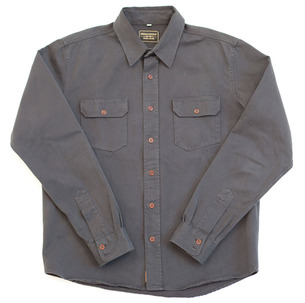
One comment we make results in an interesting design revelation, concerning the way Indigofera approaches a specific element of its construction. “I was hoping you’d spot that,” says Andersson. “It’s a point of difference we’ve taken where the hem is concerned. We could, of course, have chain-stitched them, but what tends to happen if you break a thread in this area is that the chain-stitch will unravel quickly—sometimes before you have a chance to fix them. A simple running stitch will not unravel in the same way.”
The lack of chain-stitch won’t result in the ‘roping’ effect—wherein shrinkage and gradual fading warps the denim around the leg opening, causing an unusual fade pattern on the inner hem, visible if the jean is cuffed once. That said, in Sweden, most individuals tend to run with a heightened cuffing or pin-rolling which raises the hemline to above the ankle bone and, therefore, renders such roping redundant.
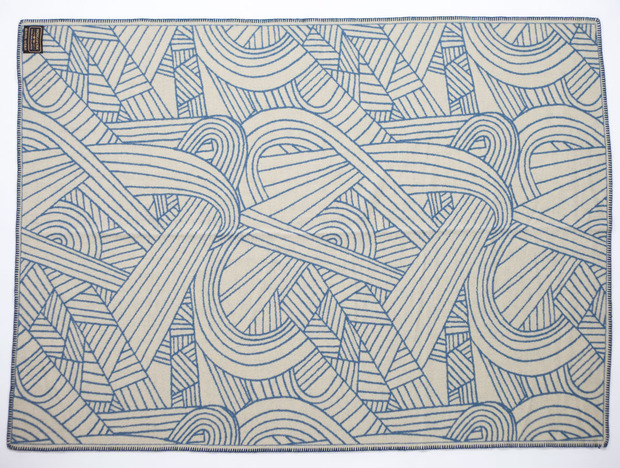
Leaving countless pairs of jeans scattered around us, Andersson’s attention turns to the rugs which the company has started producing with artisans in a small village in the North of Norway, a town he stumbled across quite by mistake. As way of a link he recounts; “When you got a car in Scandinavia in the ’60s, you got a blanket with it. So you could keep warm if it broke down or use it when you took a picnic.”
The blanket itself stands true to the notion of SlÖjd, a pure form of craft which is still taught in many schools in Sweden. Handmade from local materials and with a heavy nod to tradition. The resulting blanket themselves boast attractive patterns and soft colorways. Worthy of any Volvo’s backseat, the rugs mark an ongoing process with the Norwegian craftsmen, one that tests both parties and leads them to interesting places.
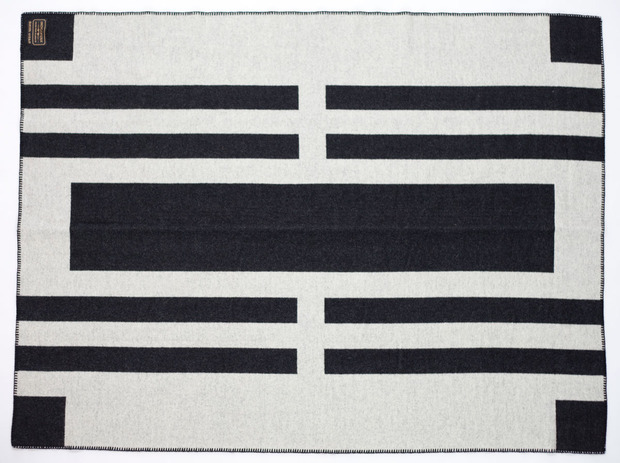
Andersson’s fondness and enthusiasm for denim is absolutely genuine. He’s undoubtably knowledgable yet, through the brand he’s developed organically, it’s a knowledge that everyone can enjoy, whether they notice it at first or not. Nothing is extraneous, nothing left to chance—as with the best heritage-inspired labels. And there’s a believable whimsy about the creative process behind each item, be it the jeans, clothing, rugs or its small runs of woad soap. “Our products come from the heart,” he says, smiling.
For more Indigofera products, check out the slideshow, images courtesy of Indigofera










